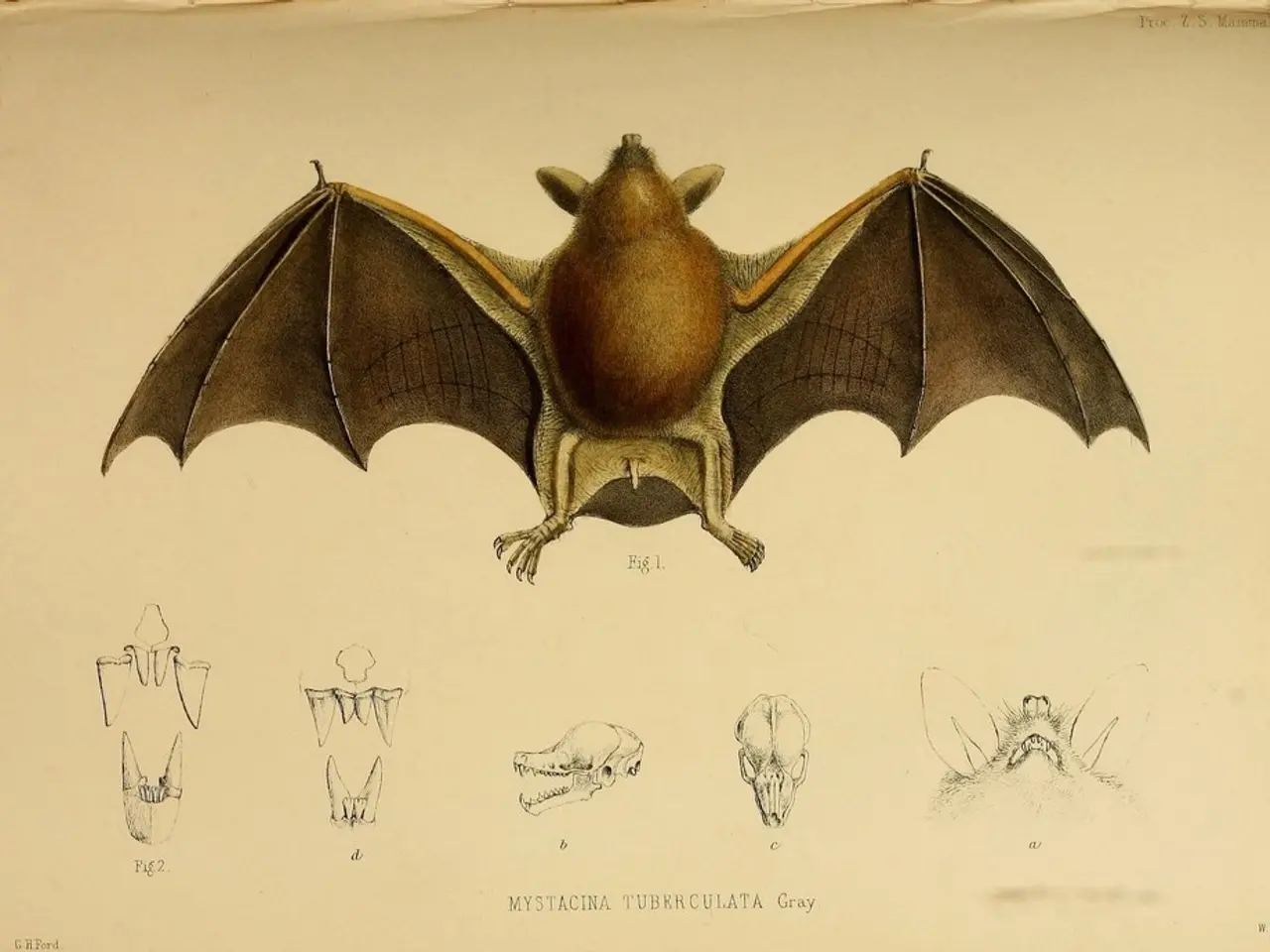Global powerhouse General Motors and Vianode have struck a deal to provide synthetic graphite for electric vehicle batteries.
In a significant move towards establishing a resilient supply chain for critical battery materials outside of Asia, Vianode, a leading company in synthetic graphite production, has announced a long-term supply agreement with General Motors (GM). This partnership, worth billions, is a key building block for GM's North American battery and electric vehicle (EV) supply chain.
According to Burkhard Straube, CEO of Vianode, the agreement marks the beginning of large-scale anode graphite production in North America. However, the exact location of the new facility remains undisclosed. The company aims to supply enough anode materials to support the production of 3 million EVs per year by 2030.
The synthetic graphite produced will be shipped from the large-scale plant that Vianode is building in North America and will be supplied to Ultium Cells, GM's joint venture with LG Energy Solution. This synthetic graphite will be used to produce next-generation EV batteries and drive units.
China currently dominates the global graphite supply, accounting for 62% of the market. However, the synthetic graphite produced by Vianode has a 90% lower CO2 footprint than conventional production methods, making it a more sustainable option.
Production at the new facility is scheduled to start in 2027. This move aligns with GM's efforts to meet raw material sourcing requirements for EV batteries as part of the Inflation Reduction Act.
Other automakers, such as Volkswagen, are also planning to use synthetic graphite for EV batteries. In April 2024, Volkswagen's subsidiary PowerCo SE announced a supply deal for synthetic graphite with Australia-based Novonix. As part of a five-year agreement, Novonix will supply PowerCo with at least 32,000 tonnes of synthetic graphite material for EV battery production starting in 2027.
The synthetic anode graphite accounts for the largest component of a lithium-ion battery by weight. The production process used by Vianode, which has been demonstrated to meet rigorous performance and validation requirements through a multi-year qualification process, is expected to play a crucial role in the future of the EV industry.
However, the production of synthetic graphite from conventional mining is typically purified using hazardous chemicals such as hydrofluoric acid and sodium hydroxide, posing a risk to surrounding ecosystems. By opting for synthetic graphite, companies like Vianode and GM are taking a step towards a more sustainable and eco-friendly future.
Read also:
- visionary women of WearCheck spearheading technological advancements and catalyzing transformations
- A continuous command instructing an entity to halts all actions, repeated numerous times.
- Oxidative Stress in Sperm Abnormalities: Impact of Reactive Oxygen Species (ROS) on Sperm Harm
- Genetically manipulated rabbits sprout ominous black horns on their heads








